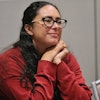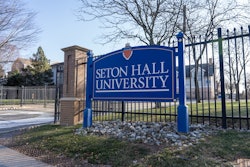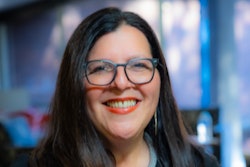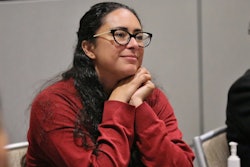In the first of what Dr. Deborah Santiago hopes might become a series of conversations, Excelencia in Education brought together a group of Latinx scholars to discuss the state of higher education on the island of Puerto Rico.
 Dr. Deborah Santiago
Dr. Deborah Santiago
“Too often we find there’s a great deal of ignorance about the island,” said Santiago, CEO and co-founder of the organization committed to Latino success in higher education.
Roughly 200,000 students attend one of Puerto Rico’s 85 higher education institutions. Although the cost of attending college on the island has increased in the last twenty years, the full-time retention rate for Latinx students has improved, from 65% in 2003, to 70% in 2019. In fact, Latinx students were retained at a higher rate than on the U.S. mainland (64%). Private institutions, which make up the majority of institutions on the island, have seen increasing graduation numbers, while public institutions have remained stagnant.
Understanding what’s happening on the island, said Santiago, is crucial to understanding “the broader Latinx community in the country. You can’t have a complete view of Latinos without paying attention to Puerto Rico.”
In 2017, Puerto Rico survived the deadly strike of Hurricane Maria and the ensuing bankruptcy of its government. Total population on the island has shrunk by roughly half a million people since 2010, impacting K-12 populations in particular as residents now skew older. In an attempt to restructure the weakened government budget, one third of the island’s K-12 schools were closed in a span of three years.
Closing those schools meant a “decline in academic achievement in standardized tests,” said Dr. José Caraballo-Cueto, an assistant professor and researcher at University of Puerto Rico (UPR) in Cayey and a 2019 Diverse Emerging Scholar.
















